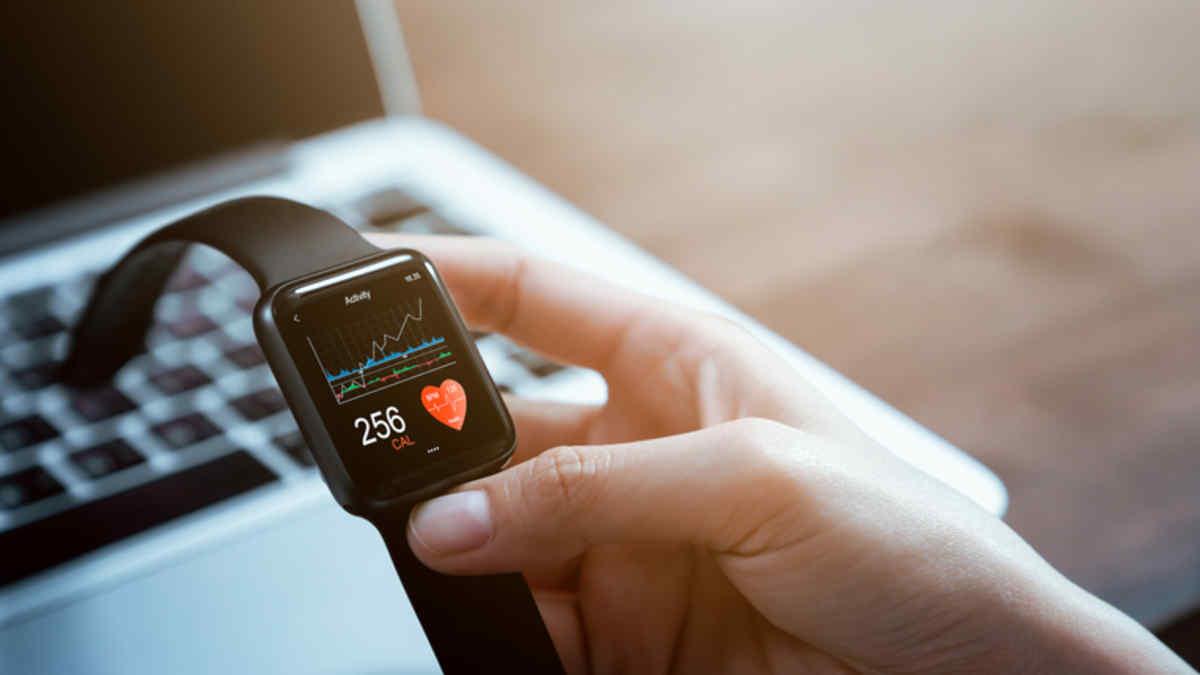

Sameen Ahmad
Brighter Horizons AcademyClass of 2023Richardson, Texas
About
Hello! My name is Sameen and I hope to pursue mechanical engineering with a concentration in biomedical devices in college. I'm also interested in robotics, artificial intelligence, and genetic engineering. My Polygence project is on developing a finger and heart rate monitor that can measure heart rate, blood oxygen saturation, and body temperature. I chose to work on this project because my aunt, who is a nurse, once told me how she struggled with the depletion of personal protective equipment at her hospital especially due to Covid-19. I was able to make progress in starting up my project, but hope to continue even afterwards! A fun fact about me is that like I like to sew, play the piano, and watch anime in my spare time!Projects
- Developing a Wearable Device that can Monitor the Onset of Covid-19 with mentor Cameron (Nov. 7, 2022)
Project Portfolio
Developing a Wearable Device that can Monitor the Onset of Covid-19
Started Apr. 27, 2022

Abstract or project description
Over the course of the pandemic, hospitals nationwide have spent more than $3 billion on personal protective equipment (PPE) for both workers and patients alike, imposing a serious financial strain on hospitals. Also, disposing of PPE creates waste that significantly pollutes the environment. Wearable devices have been developed to decrease the necessity of PPE as an alternative to recording vital signs, however they are susceptible to flawed readings and don’t perform equally well on all individuals. Here, I investigated creating a wearable device that could autonomously measure the vital signs that are largely indicative of the onset of Covid-19. The device is a wrist and finger monitor capable of recording the heart rate, blood oxygen saturation, and temperature of patients in a non-invasive manner. The device is constructed by connecting a MAX30102 and MCP9808 sensors to an Arduino Uno. After future developments, it would record the data in a web application for workers to monitor, which could easily be shared through a Bluetooth connection. These sensors would also be linked to an OLED display and an HC-05 Bluetooth module to present and store the updated readings. This device holds prospects for significantly reducing the costs of supply chain goods for hospitals so that more funds can be allocated toward research. It’ll also aid in reducing the ecological footprint of hospitals across the world. The device would be easily accessible to low-income communities, lessening the health crisis in developing and underdeveloped nations.